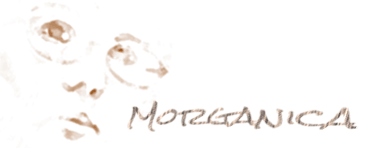 Catching up on the backlog of email, I found a note from Bullseye Glass announcing a new tipsheet on lost wax casting for glass. I gotta say it’s one of the best process guides for glass casting that I’ve come across. Even if you don’t use Bullseye glass, it’s definitely one to have in your reference library.
Catching up on the backlog of email, I found a note from Bullseye Glass announcing a new tipsheet on lost wax casting for glass. I gotta say it’s one of the best process guides for glass casting that I’ve come across. Even if you don’t use Bullseye glass, it’s definitely one to have in your reference library.
There are probably as many glass casting practices as there are glass casters; if you’ve been casting for a few years your routine tends to consist of whatever works, whether it’s handed-down wisdom, rocket science or voodoo kilngod stuff.
It’s nice to see a guide that doesn’t just say “do this,” as most do, but also says “and here’s why.” Not all artists are allergic to science (even if some of us, like me, get terribly confused).
That said, I don’t necessarily follow all the practices in this guide. It seems centered on artists doing transparent casting; the layered pate de verre I love is a different beast in several respects (especially when it comes to dealing with water in your investment).
And I’d love to see Bullseye (or somebody) discuss other options for binders and refractories. For example, I’m testing hydrocal and alumina hydrate right now which does a lovely job as a facecoat if it doesn’t bankrupt you first. Not much of that here. More detail on waxworking would have been cool, especially with other waxes than victory brown. A LOT of my wax frustrations ended when I learned to employ the right wax for the job.
But heck–the thing’s already eight pages long and it’s free. And that hairspray trick’s very cool.
The nicest part is that this document gives you enough info so that–if you don’t already understand something–you can make a rational choice. And in the end, that’s what good casting practice is all about.
Very nice job, Bullseye. Don’t know who wrote this but please, share my compliments.

Comments welcome! (thanks)